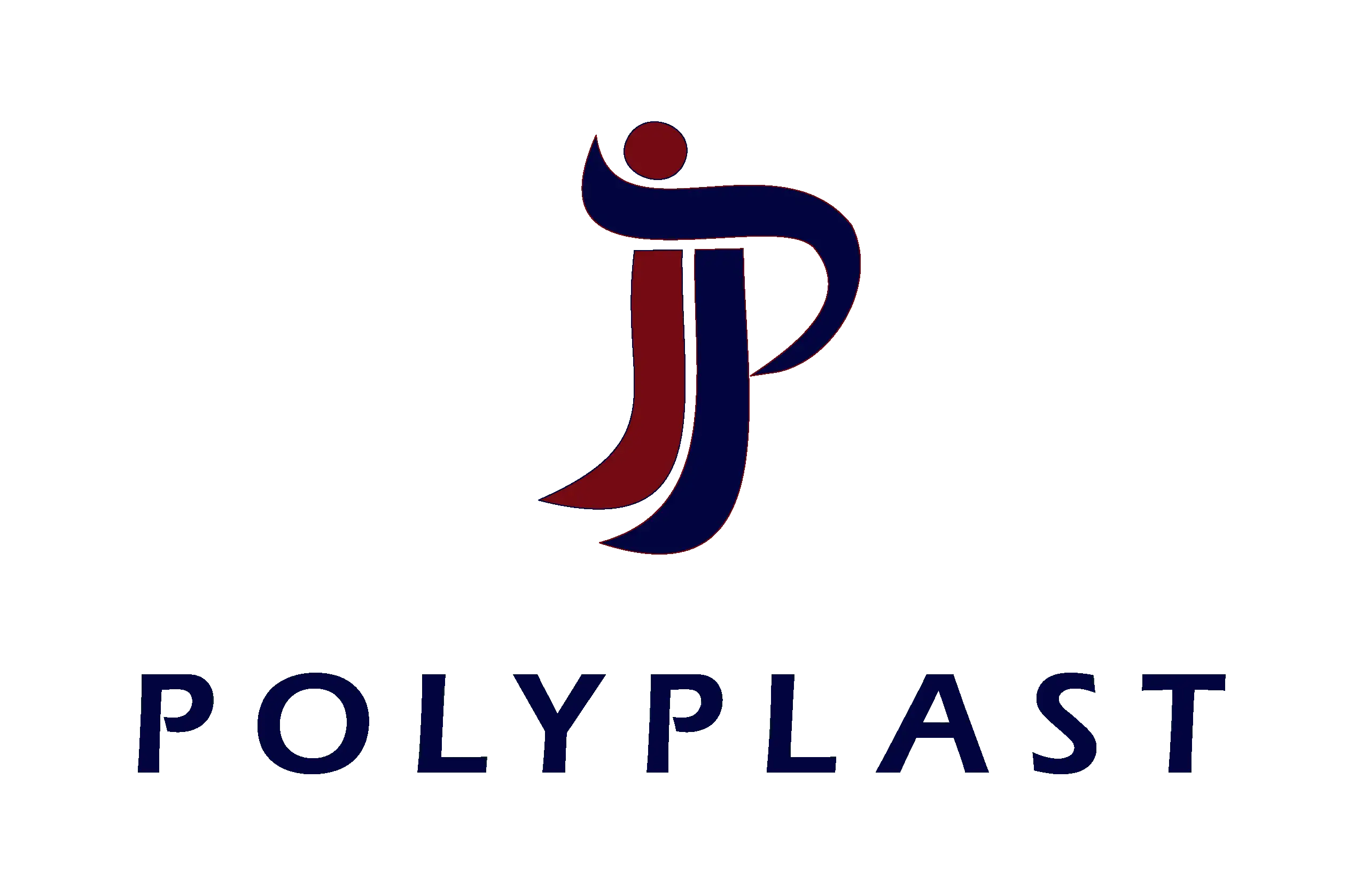There are a number of online learning platforms catering to the needs of students as well as teachers. Some are free, and others require the requirement of a subscription or a fee. The majority of eLearning platforms work with modern browsers, and a lot also offer mobile applications. They also ensure that they keep their content up-to-date and accessible at all times.
These go to this web-site learning platforms allow tutors to reach a broad audience without having to limit the number of students they can teach or the frequency at which they meet. Additionally, e-learning eliminates the requirement for students to travel to attend classes. This is especially beneficial for students with disabilities, because they can now access their education from the comfort of their homes.
The majority of these e-learning platforms have tools that facilitate the one-on-1 communication between tutors and student. They also offer short, self-paced assessments to test the student’s understanding of the course content. This way, instructors can monitor the student’s progress and give feedback in a timely manner.
Each platform has a unique subject matter. For example, Udemy offers courses on a huge range of topics ranging from photography to baking. edX, for instance, is focused on formal education and partners with universities and organizations like IBM and Harvard to offer recognized degrees and certificates. Skillshare is a platform focused on topics that are innovative, MasterClass, a subscription-based platform featuring celebrity and VIP instructors and Pluralsight, which is more an enterprise-focused learning platform, are other platforms. All of these are available on a desktop or mobile application and some permit users to download their courses for offline viewing.
